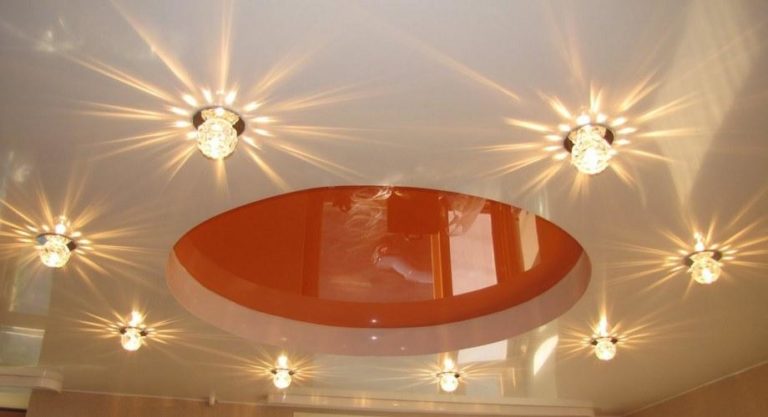What are luminaires - classification of varieties
There are different types of light fixtures on sale. To find the right one for your home or apartment, it is worth to understand the main types and their features. Properly selected equipment not only provides good lighting, but also serves as an additional element of decoration.
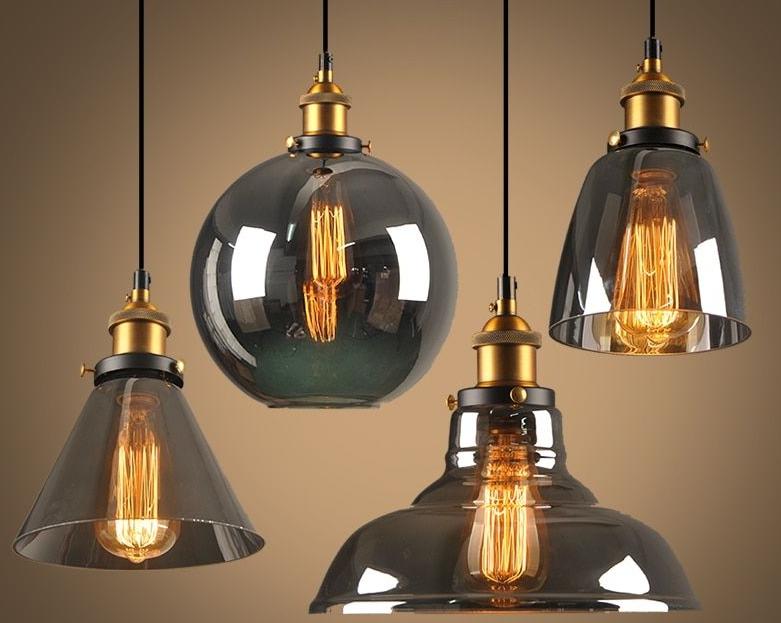
What is a lamp
Fixtures include all artificial light sources designed to illuminate rooms and open space. They are used for their direct purpose and for decorative purposes (highlighting part of the interior, emphasizing certain details, highlighting the facade, etc.).
Equipment can direct the light flux to a certain place or disperse it for even lighting, it all depends on the type and purpose of the fixture. Lighting elements are part of the interior design and are chosen according to the situation.
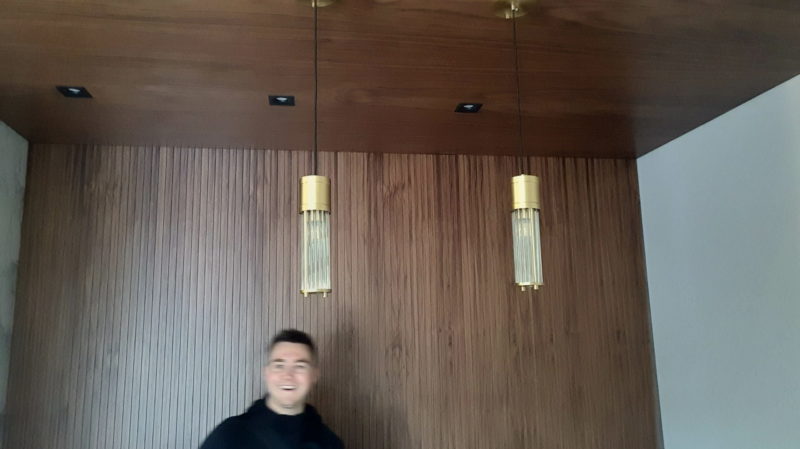
What parts do they consist of
In different types of lighting fixtures, the component parts may differ, but the basic elements are the same. It is not difficult to understand:
- The light source. These are lamps, which come in different types. The second option is LEDs. There are also combinations, when two types of light sources are used.
- Bracket (in pendant and wall lights) or stand (in floor and table lights). The main supporting element on which the other parts are attached. Branches to the lamps are called horns. If the design is compact, all the parts are located inside the body.
- Mounting - the element with which the luminaire is mounted on the wall or ceiling. Floor and table models do not have it, there is a base.
- Current is supplied through the wiring, which runs inside the tubular bracket. Its characteristics depend on the design of the lamp and the type of light sources used.
- There are cartridges in all models where light bulbs are installed. They are made for standard bases.
- Reflector (plafond) or diffuser (lampshade) directs or disperses the light flux.
- The luminaire is controlled via a traditional switch or remote control. Table, floor and wall versions may have a power cord with a plug for plugging into a socket.
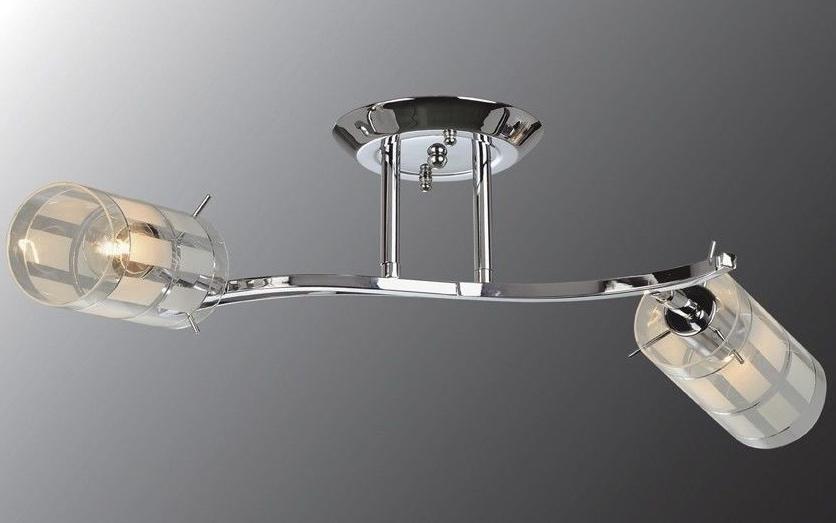
The design can include various decorative elements. They are made of different materials, it all depends on the model.
Products made of plastic usually look cheap and do not last long.
Main varieties
There are different classifications of lighting fixtures, it is necessary to understand each of them in order to choose the right type of equipment for your home or site. You need to consider the purpose and design, the type of light sources, the features of switching and design.
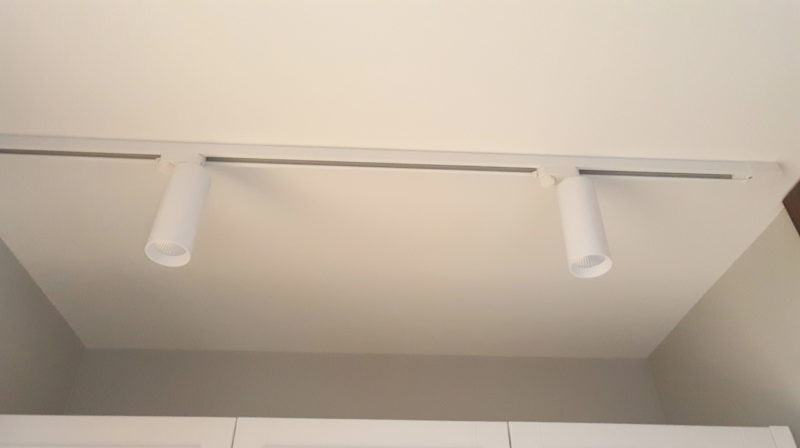
Depending on the purpose.
It is worth determining what the fixture will be used for. Products are divided into several groups:
- Fixtures for general purposes. This is the name given to all models that illuminate a room completely and are mounted on the ceiling in the middle of the room. They can be chandeliers, lamps, etc.
- Local lighting devices. Suitable for part of the room if general lighting is not needed. These are spotlights, sconces, table and wall lamps, plafonds on rods.
- Decorative options for illumination of the interior or facades of buildings. Can be in a classic case, as well as recessed.
- Outdoor luminaires work outdoors and in unheated rooms. They use weather-resistant materials and have a higher protection class against moisture than devices for living rooms. Local climatic conditions are worth considering when choosing.
- Garden models most often have self-contained power or are charged by the sun during the day. Underwater - a separate type with a sealed housing for pool lighting.
Outdoor models can be installed in rooms, but you can not do the opposite.
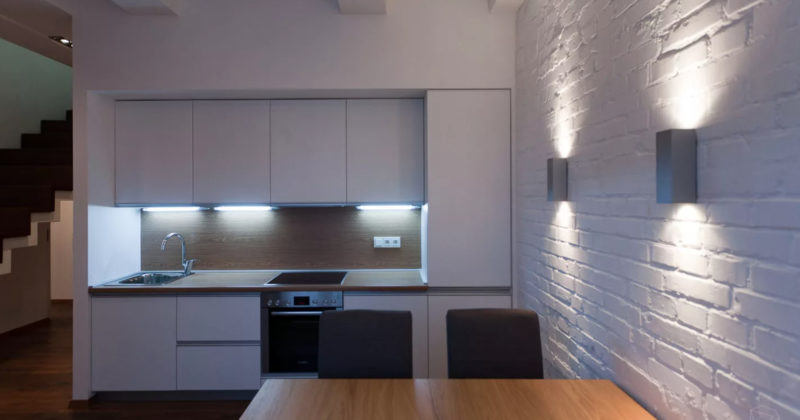
Classification by species diversity
There are quite a lot of types, all the main groups are on sale, each has its own features:
- Ceiling chandeliers come in two types. Suspended are mounted on a bracket, usually have several branches and take up a lot of space, which is not very convenient in rooms with low ceilings. Ceiling-mounted chandeliers are placed at the very ceiling surface, they are either wide plafond or have a construction with branches, which go to the sides, not directed down.
- Wall lights (sconces). Mounted in one or more places, they are used both for local illumination (directed flow of light) and general illumination, if a diffuser is used. May consist of one or more light sources, suitable for hallways and bedrooms.
- Desktop models are used to illuminate workspaces. They are important for practicality, ease of adjustment (the position of the lamp and the brightness of the light should change) and stability. Do not forget about the decorative component, the light must match the interior.
- Floor lamps (floor lamps) are convenient because they can be moved from place to place. Usually they have a massive lampshade.
- Spotlights. Recessed lights, which are located anywhere on the ceiling. They can barely protrude beyond the surface, but they can also be voluminous, while taking up less space than any other option. If you put a few of these lights, you can provide normal lighting for a room or part of it, highlight a wall or other object.
- Current-carrying bars (track lights). Several lamps are placed on one bar, the position and direction of which can be adjusted.
- Nightlights create a muted background in the bedroom. Can project images on the ceiling and walls.
- Light fixtures for Armstrong ceilings. Their size coincides with the size of the tiles, so installation is simple and does not require special tools.
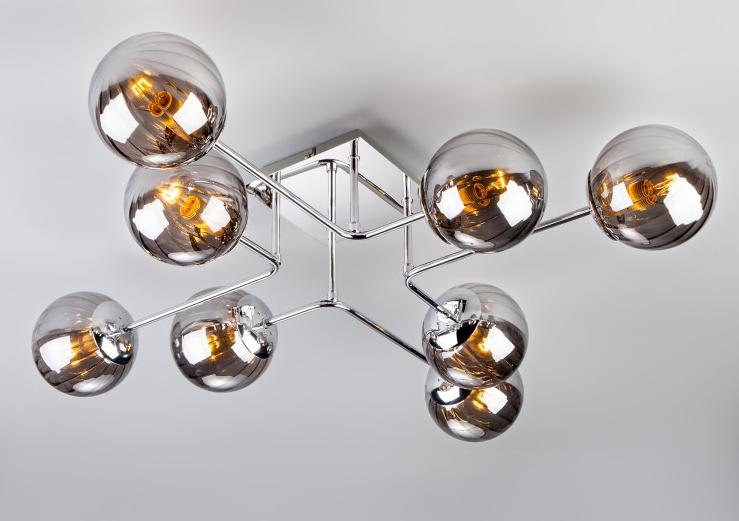
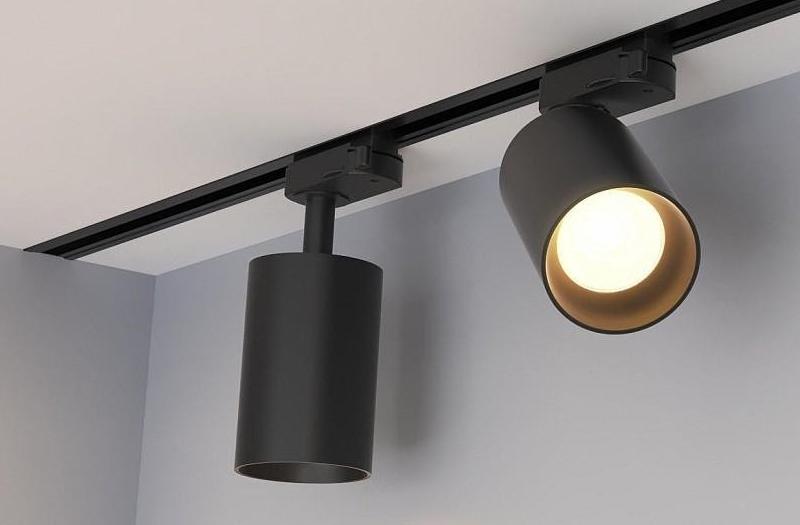
It is worth combining different types of lights, this will create a comfortable environment and provide electricity savings, as it is not reasonable to constantly use a chandelier of general lighting.
Types according to the source of light
Several types of lamps are used in household fixtures:
- Incandescent bulbs.. Have a short life and consume the most electricity.
- Fluorescent lamps .. There are versions in the form of tubes, they are put in industrial luminaires, and there are models with a standard base for household needs. Three times more economical than incandescent bulbs and last longer.
- Halogen lamps Halogen bulbs are used in spotlights. Give a bright uniform light, a resource of about 3000 hours.
- LED bulbs - LED bulbs are the most economical. Available in different sockets, they heat up much less than their counterparts in operation.
- Built-in LEDs - an interesting solution that has only one disadvantage. When light sources fail, you often have to throw away the luminaire, as it is difficult to find LEDs of the right configuration.
- Combined - combine 2 types, usually bulbs with a standard base and LED lighting.
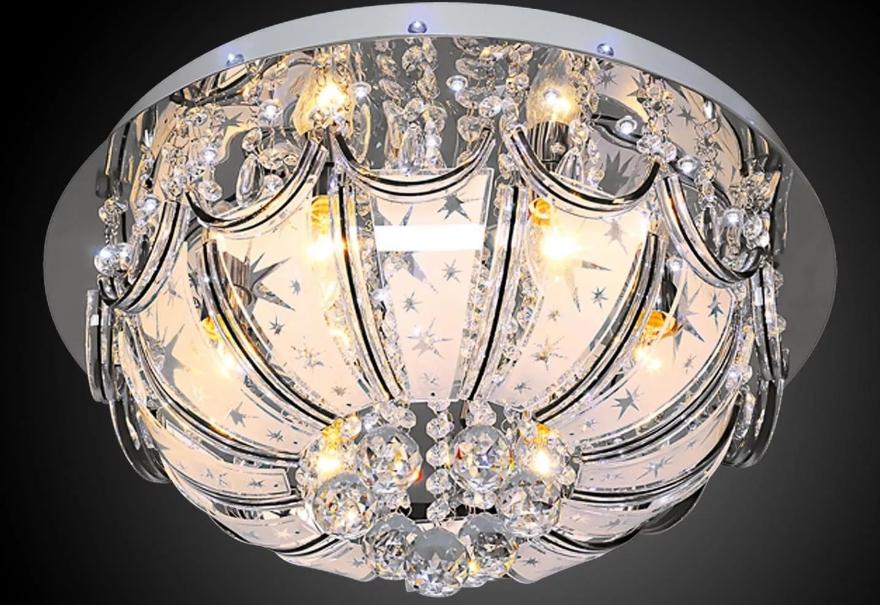
Check the warranty period for the bulbs and keep the receipt until it expires.
Types by number of bulbs
When choosing must take into account the specific emitted power of different types of lamps: LED - 3 watts per m2LED lines - 3 W/m , fluorescent lights - 8 W/m2, halogen 11 watts per m211 W/m , halogen 11 W/m , incandescent 18 W/m2. Lighting fixtures are divided into 2 types based on the number of lamps:
- With one lamp. Usually they are large lamps, floor lamps, sconces that diffuse or direct light depending on the purpose of use. Usually sufficiently powerful light sources are used.
- Fixtures with two or more lamps or LEDs. The number can go up to several dozen, it all depends on the design, the lighting area and the power of the elements.
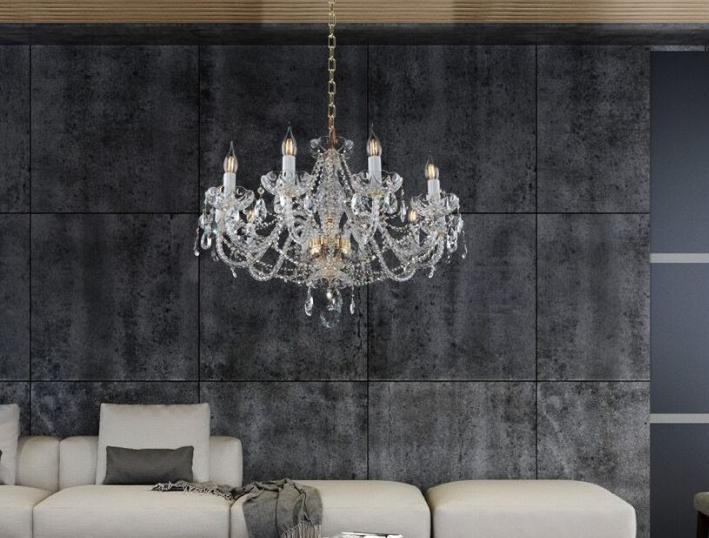
Types of switches
There are several options, each has peculiarities:
- Key switches. Allow you to turn on or off the light with a single push. There are variants with several keys to change the light modes or turn on the light in different rooms.
- Rope ones are installed in floor lamps and wall lamps.
- Dimmers - devices with a rotating element to adjust the brightness of the light.
- Sensory - allow a touch of the fingers to turn on and off the light, adjust its intensity.
- Acoustic. The module responds to a clap of the palm, which is quite convenient. But in this case, the system will be triggered by any loud sounds.
- Remote. Allows you to turn on and adjust the light using a remote control or a smartphone.
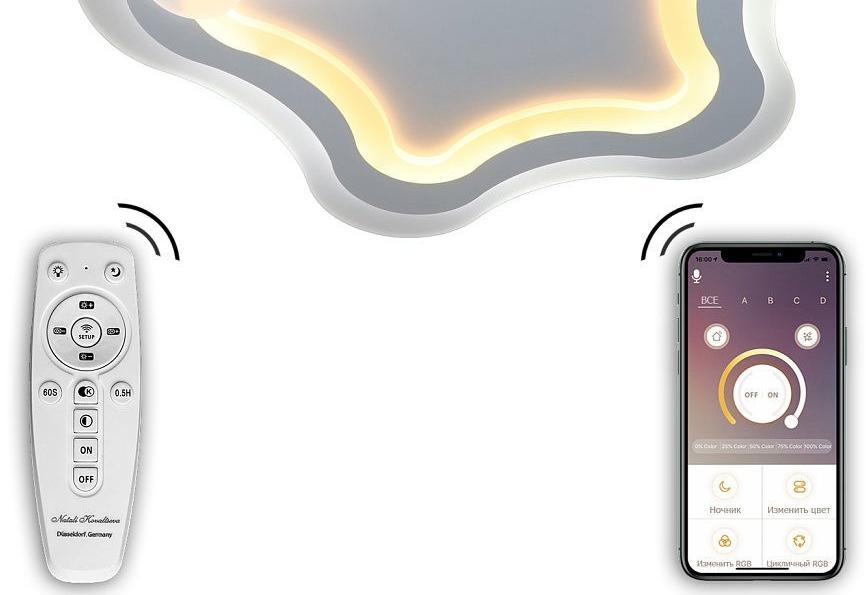
You can combine different types of switches for convenient lighting control.
7 simple rules for good lighting
A combination of different types of equipment
For quality and comfortable room lighting, it is better not to use a single fixture, but to combine different types. This provides practical benefits, helps to design the interior and save energy. Options for combination:
- Table or wall lamp in addition to the chandelier in the bedroom will allow you to read or do things without using the main light. The same way you can use the equipment in other rooms.
- Spot lights are suitable for the working area in the kitchen or in the room. They are used when necessary, as the chandelier will not give the necessary quality of illumination.
- The lighting will highlight individual elements - paintings, sculptures, etc.
- If you can intelligently combine wall and recessed lights, you can not hang a chandelier.
- If you want to change the flow of directional light, do not use spotlights, and bars with multiple lamps.
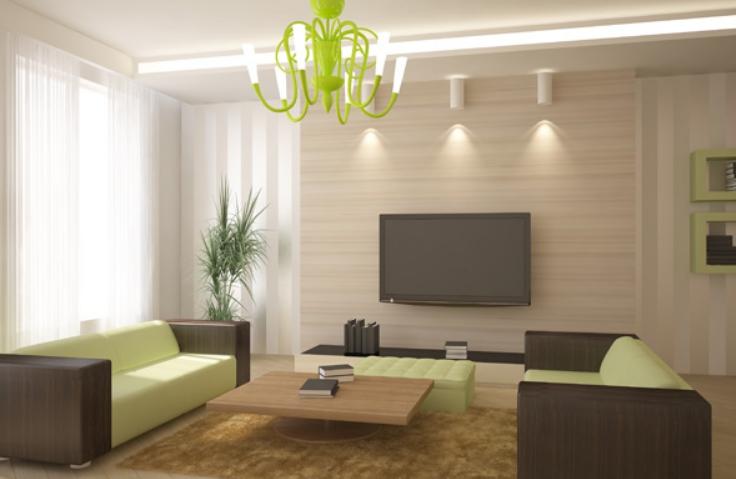
To ensure a good quality of lighting, you need to select fixtures in terms of power, as well as combine different types to illuminate the work area or recreational area. The equipment must match the environment, you must also take into account the size of the room - the smaller it is, the more compact the plafonds should be.
